The 7 Most Anticipated Gadget Launches That Never Actually Happened
The Amiga Walker PC

Sega VR
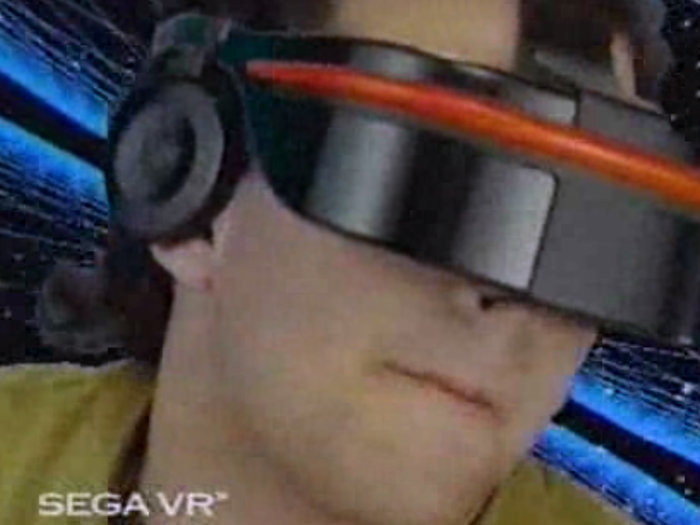
While the Oculus Rift has everyone excited for the prospect of virtual reality gaming, Sega and Nintendo each made their own attempts back in the 1990s.
While Nintendo's take had to be set up and used on a table, Sega's was like the Rift in that it was worn and included motion detection. Unfortunately, the technology seems not to have been there at the time. Rumor has it that the device was canceled because extended use caused headaches.
Atari 2700
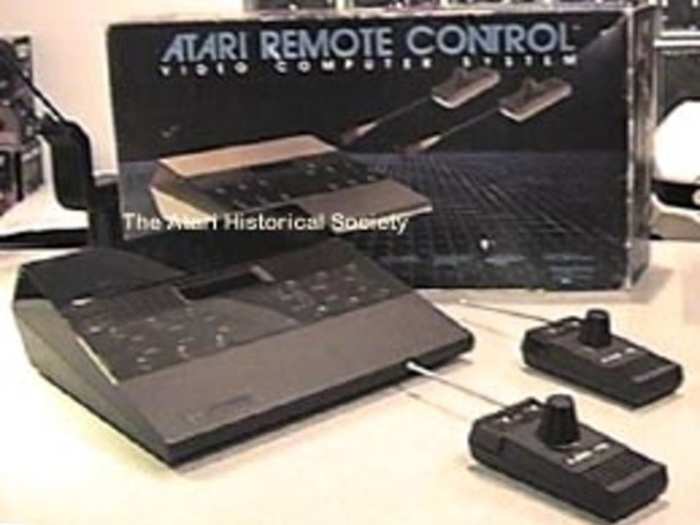
The most notable thing about the Atari 2700 game console was its use of wireless controllers, which was pretty revolutionary way back in 1981.
Small, comfortable, and responsive, the controllers were decades ahead of their time. Unfortunately, they also had a range of 1000 feet and interfered with other electronics, which forced Atari to halt the release.
While Atari later released wireless controllers for the 2700's predecessor, they were bulky in order to deal with the interference problem. This made them unpopular and set back the adoption of wireless controllers to the early 2000s.
The CrunchPad
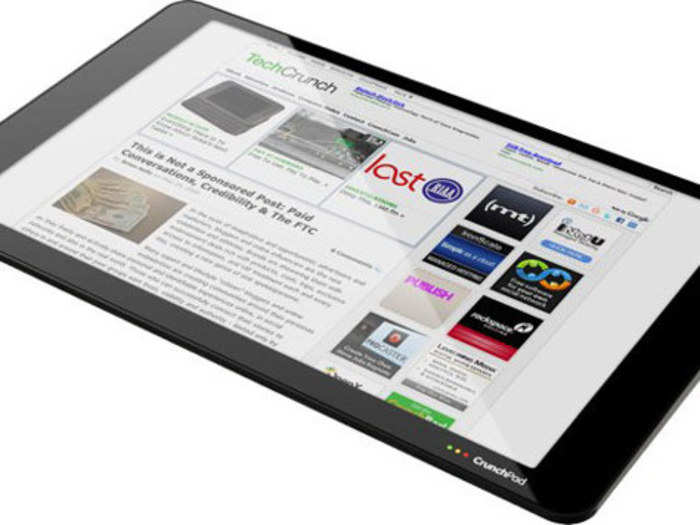
The CrunchPad was originally a collaboration between Michael Arrington, the TechCrunch team, and Fusion Garage. It was meant to be a $200 web tablet based on Ubuntu and WebKit that would eventually be open sourced so that others could improve upon its hardware in new versions.
In November 2009, Fusion Garage's CEO informed the TechCrunch team that his company was withdrawing from the partnership and releasing the tablet on its own.
After some delay, the tablet came out near the end of March 2010 under a new branding, as the "JooJoo." Fusion Garage announced a mere eight months later that the JooJoo had reached its end of life.
Microsoft Courier
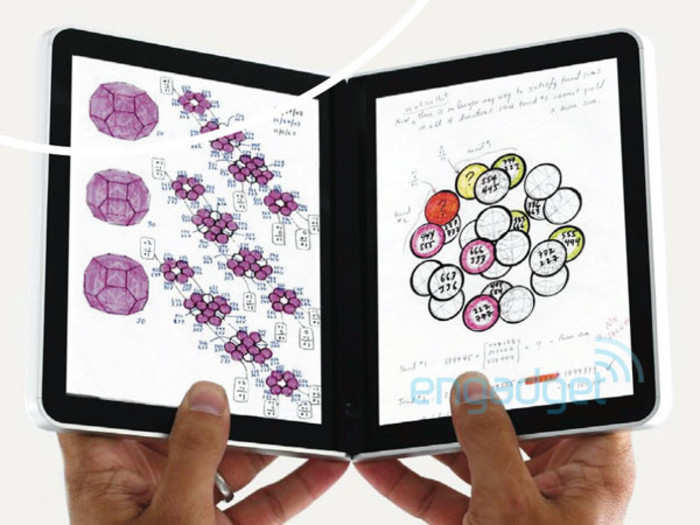
Before we had ever heard of the Surface RT, we knew Microsoft was working on its own tablet hardware. Known as the Courier, Microsoft's device consisted of two 7-inch screens connected via a hinge that were powered by an early Tegra processor and a modified version of Windows CE.
Like the Surface RT, the Courier would not have been able to run apps built for "regular" Windows. Like the Surface Pro, it was designed for use with both touch and a stylus.
Infinium Phantom
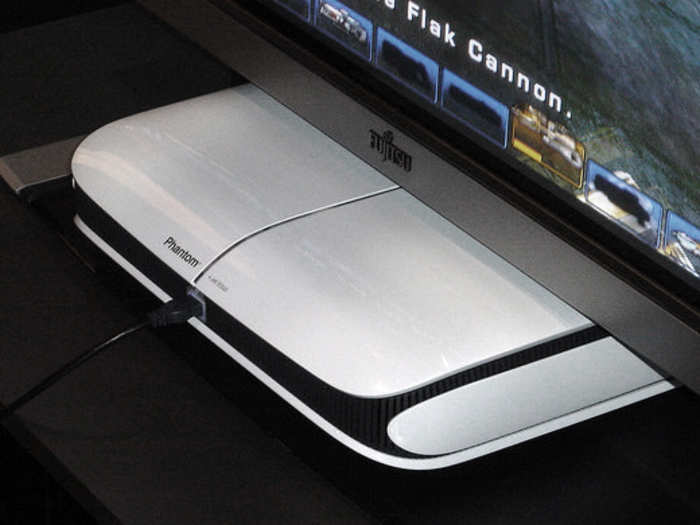
The Phantom was the Xbox One, only nine years too early.
Based on the same architecture as most PCs and running Windows, the Phantom would have let users pay a monthly fee to conveniently play modified versions of PC games acquired via digital downloads rather than physical discs or cartridges.
Sadly, Phantom Entertainment (previously Infinium Labs) was unable to raise the venture capital needed to create the console and service despite the hype that came with its gaming convention announcements.
A Motorola phone with a built-in Pico projector
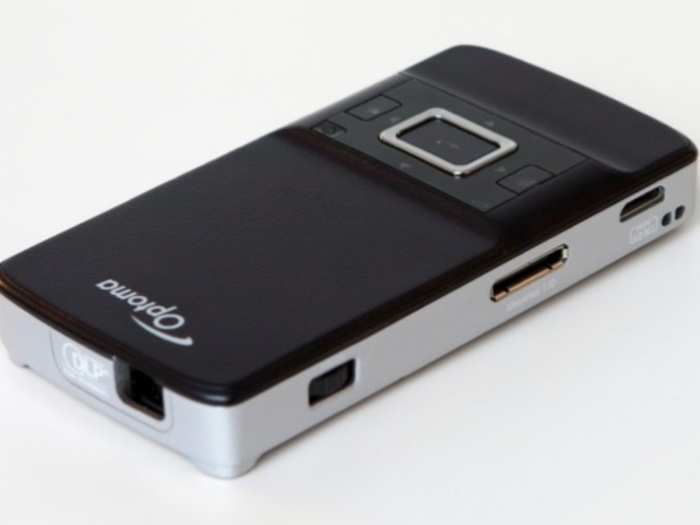
Back in 2007, Motorola made an agreement with Microvision, a company working on miniature projectors that could be built into mobile devices.
Under the terms of the deal, the two were to collaborate on the development of a device that could project a 854 x 480 screen along with offering a regular display.
Like the rest of the devices here, the idea of a phone that could display a more usable screen size when needed received plenty of hype from tech blogs. Unlike the others, this is still a concept that hasn't been attempted by serious player.
These didn't make it, but the smart watch is here!
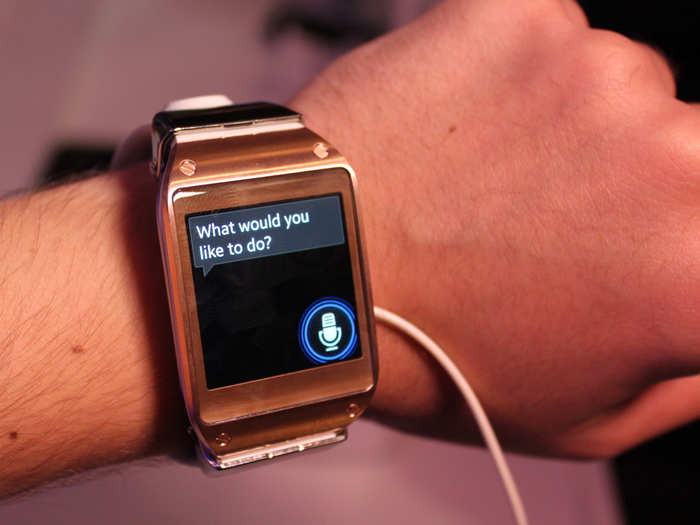
Popular Right Now
Advertisement